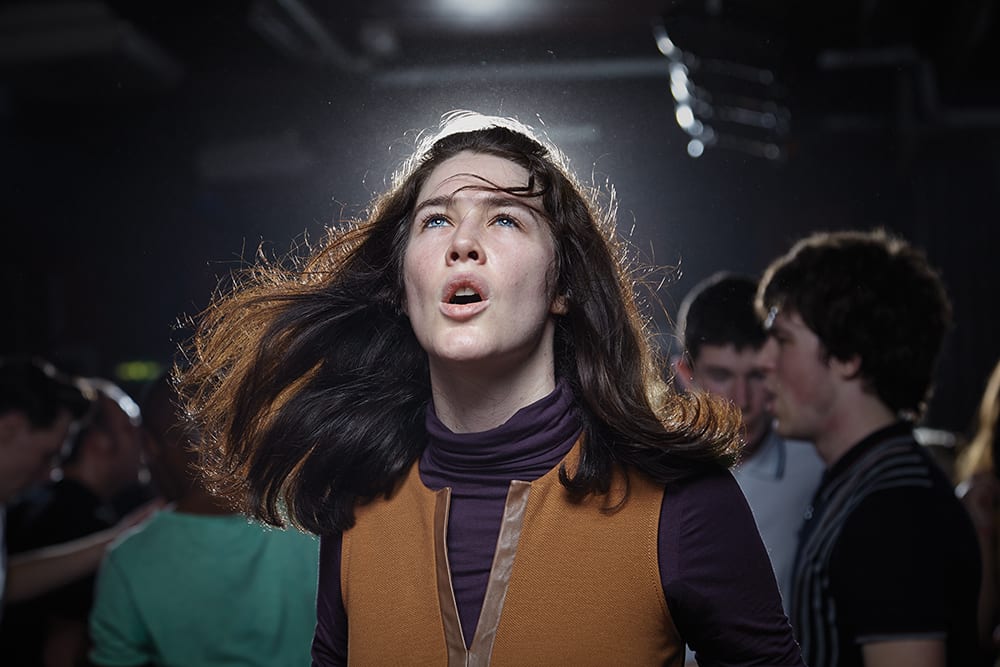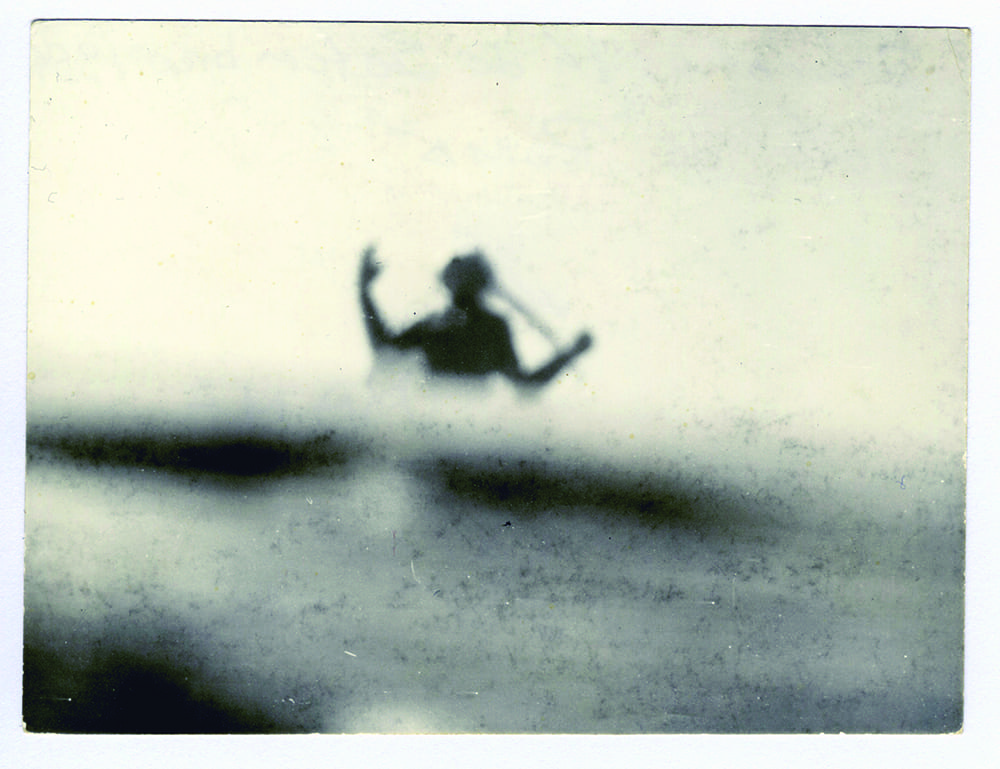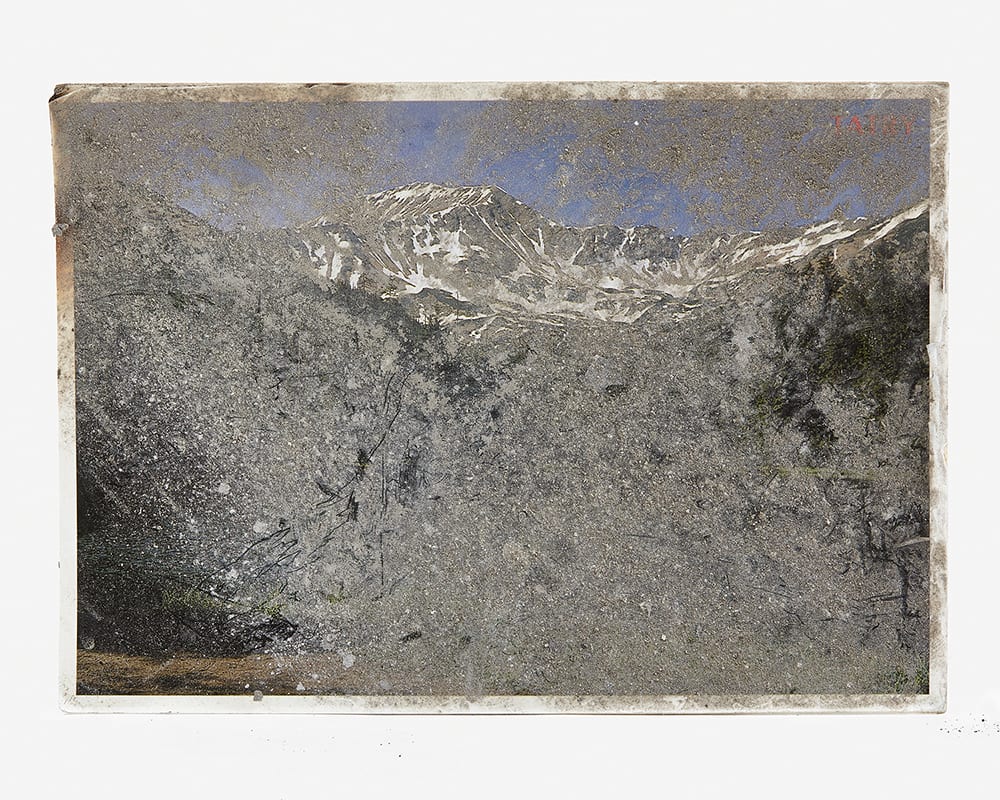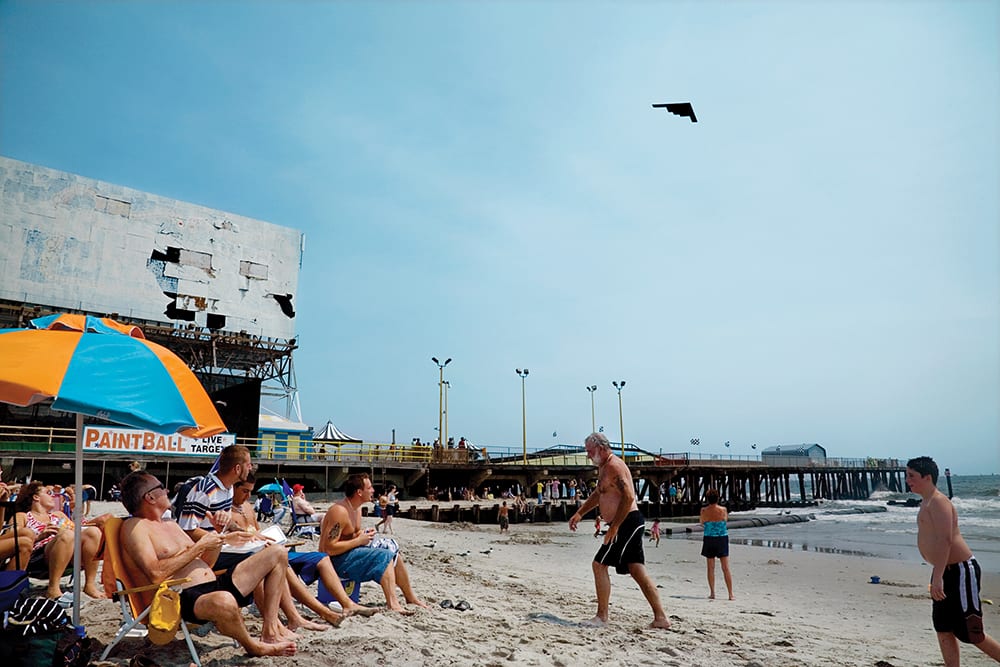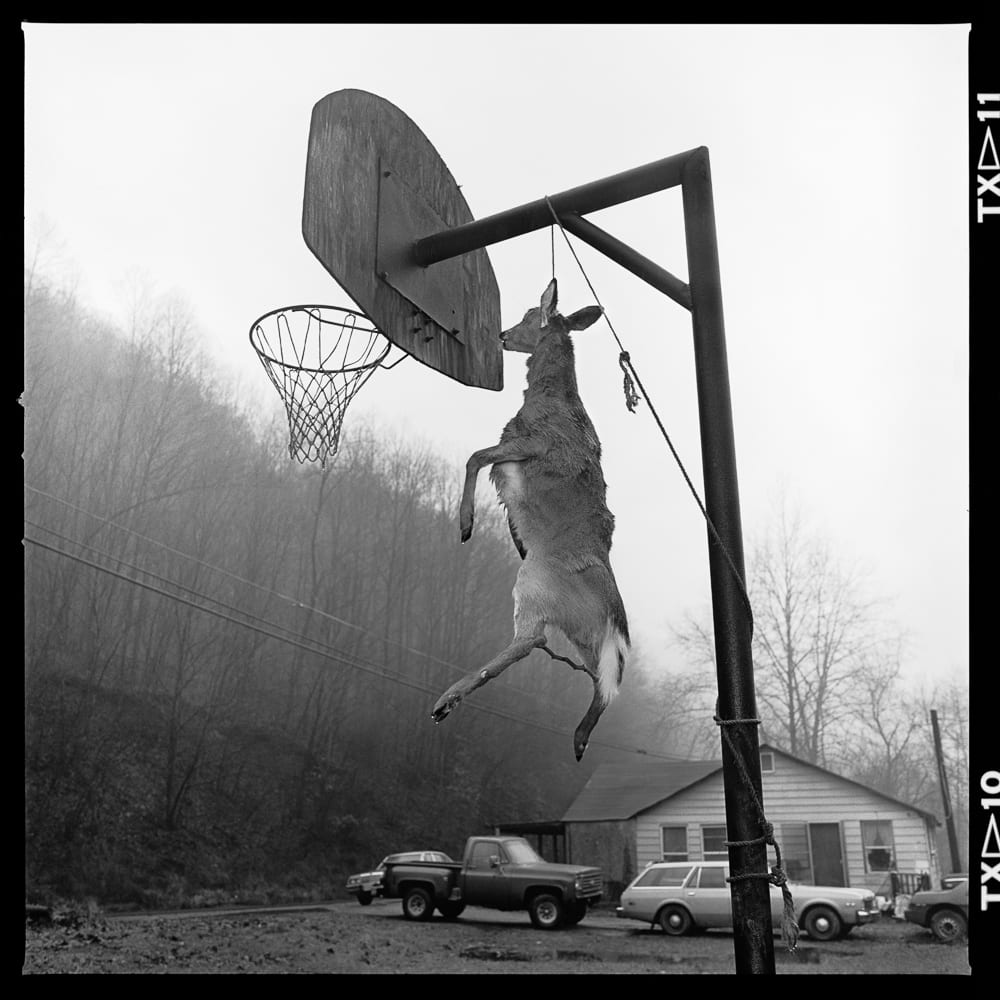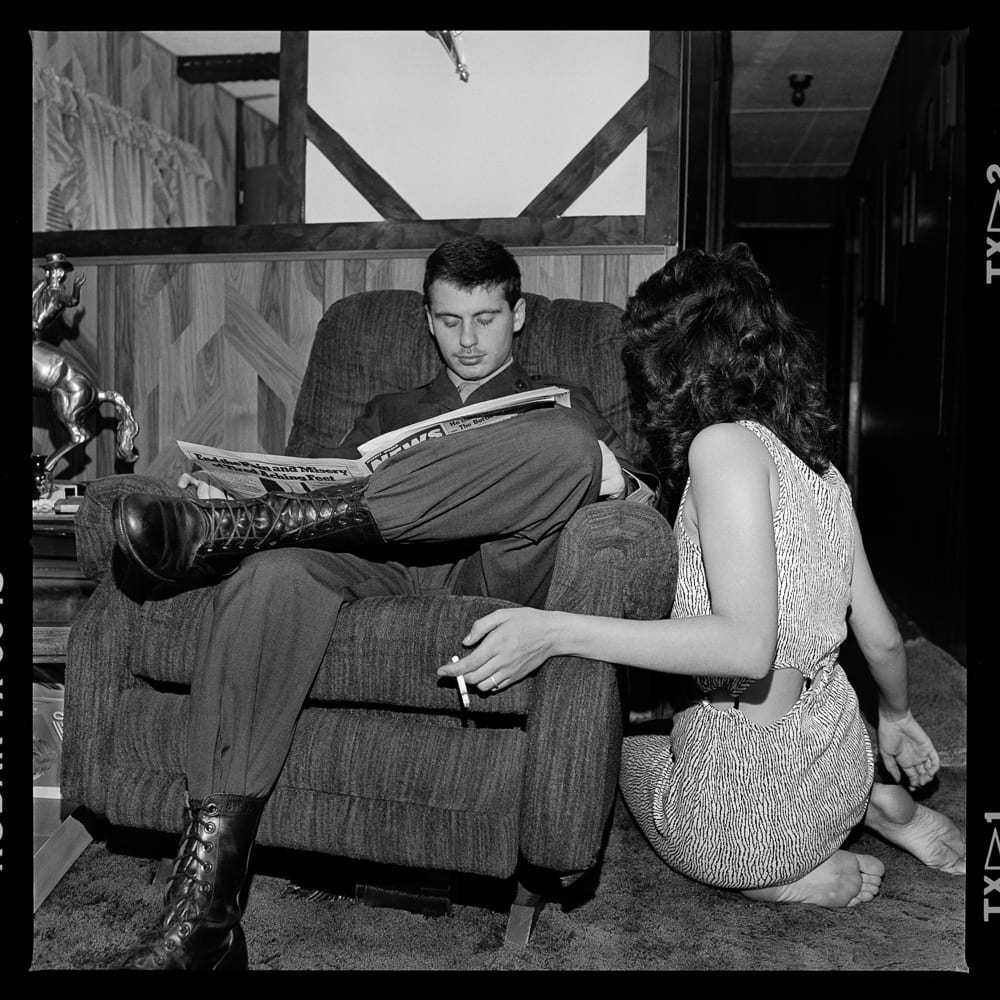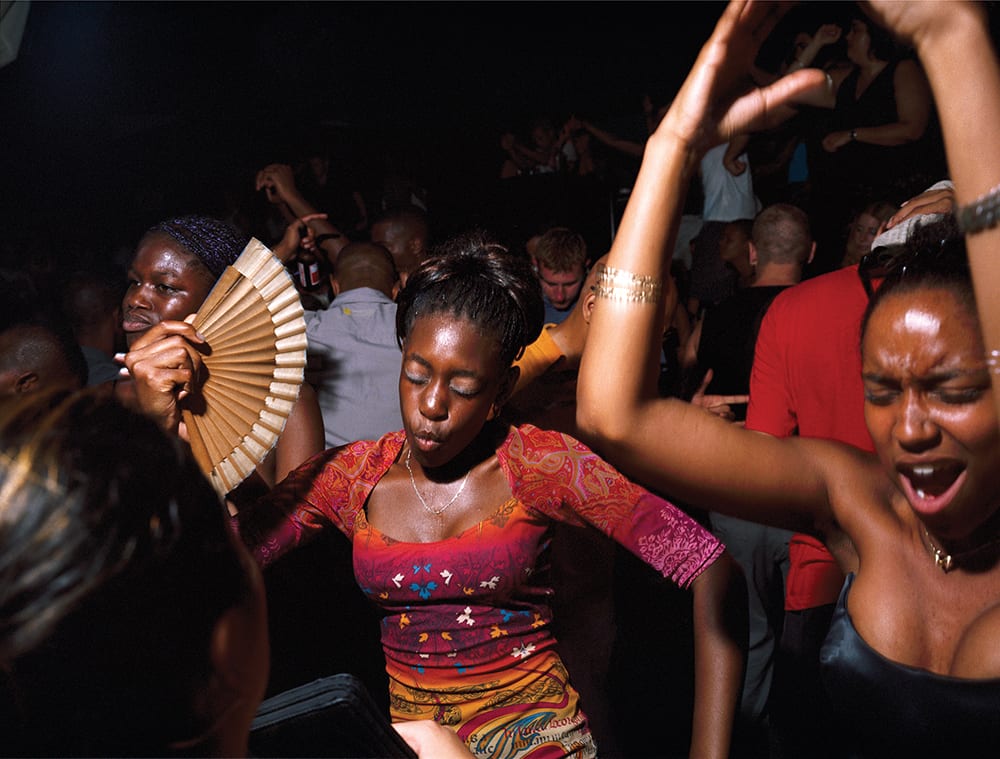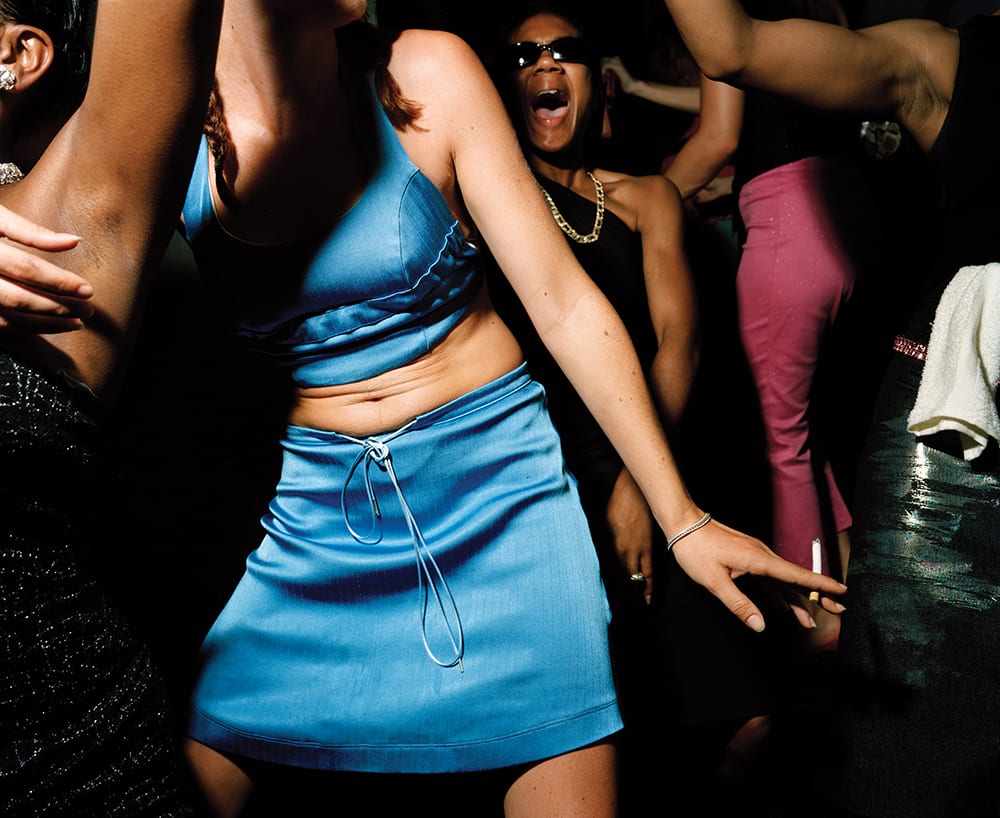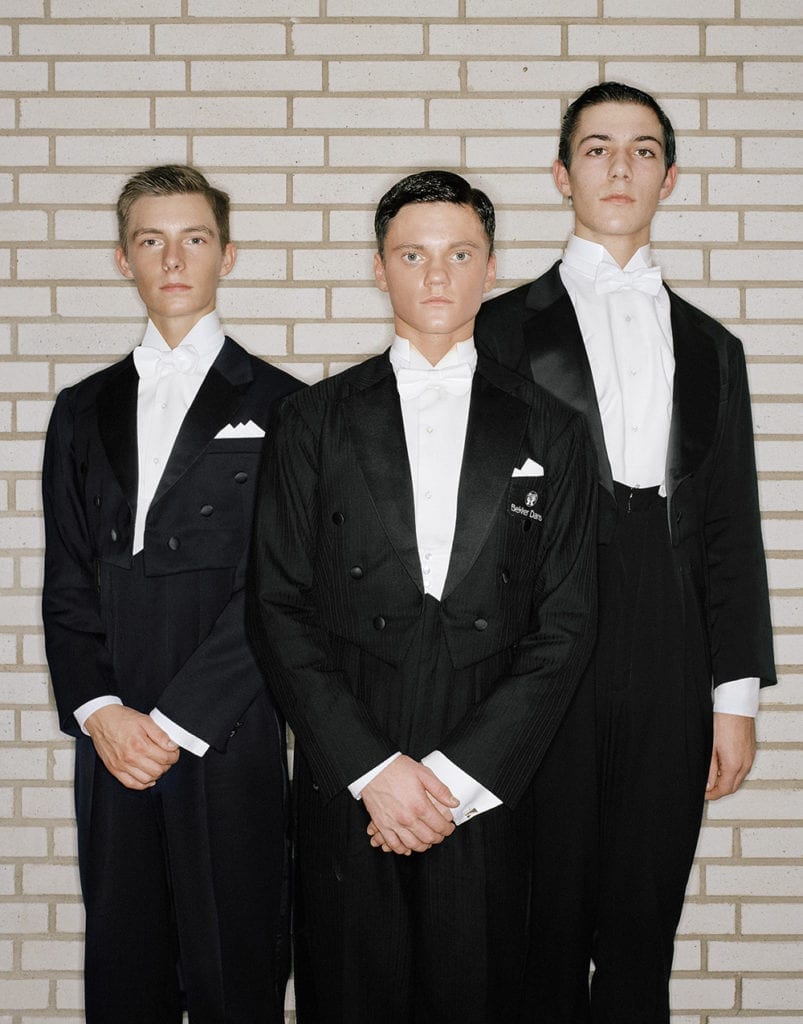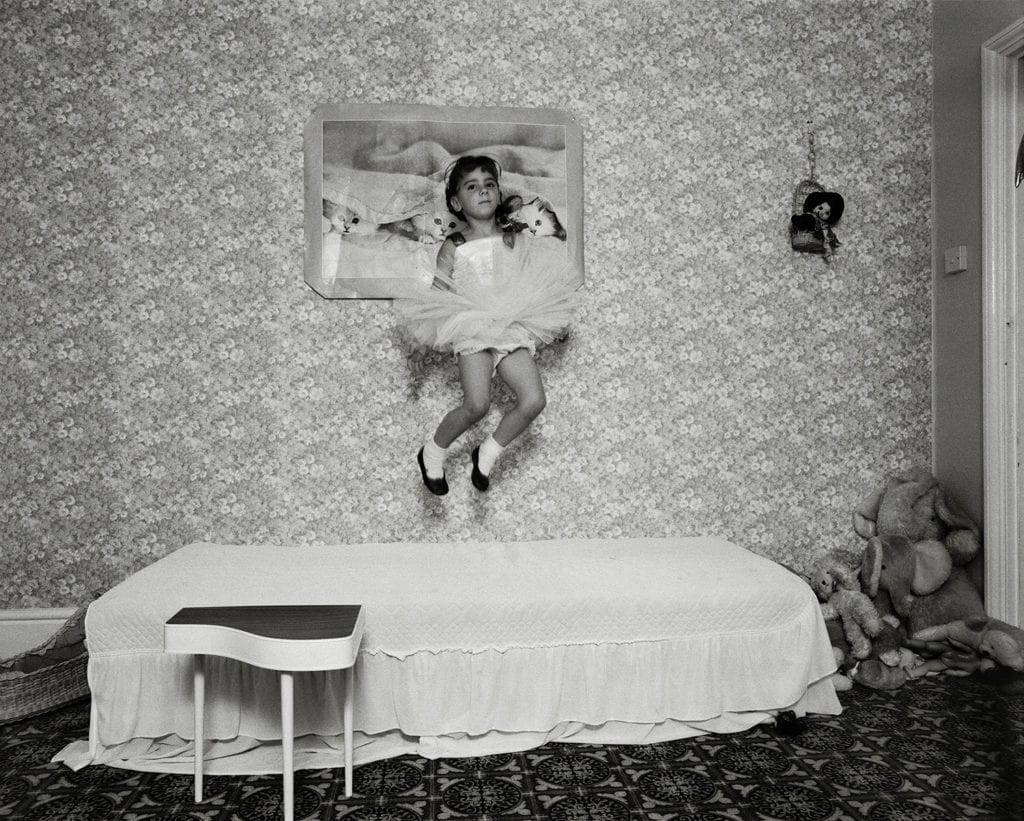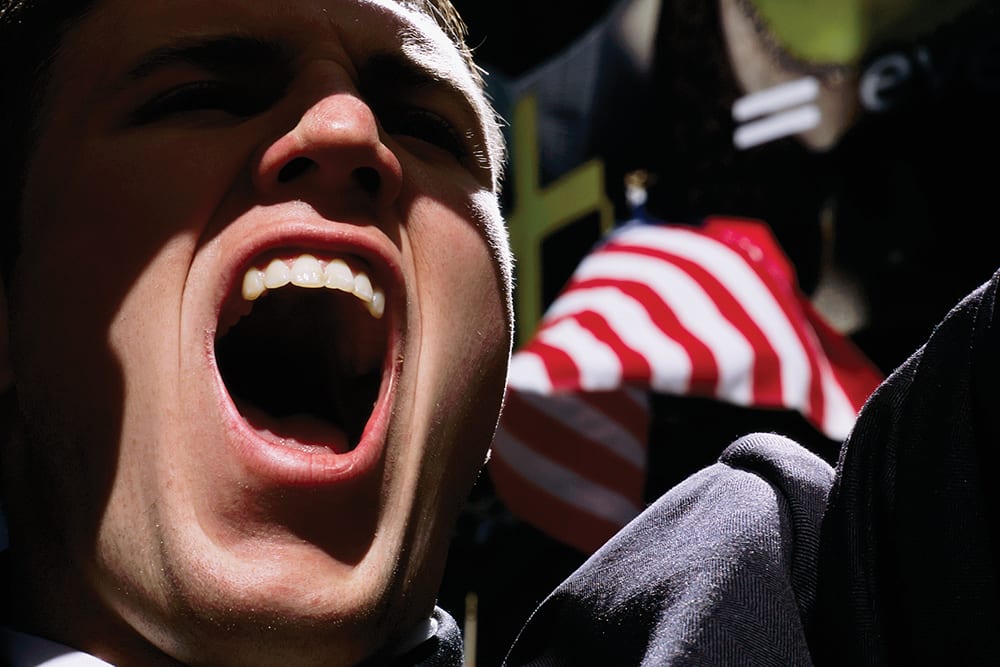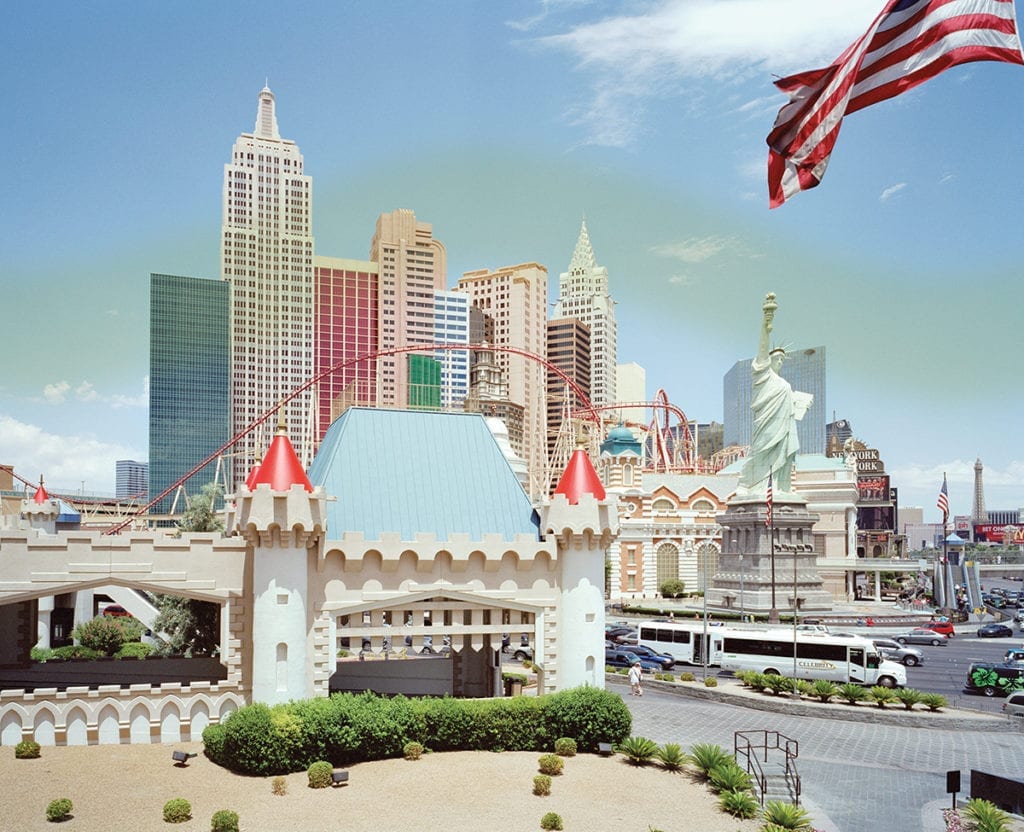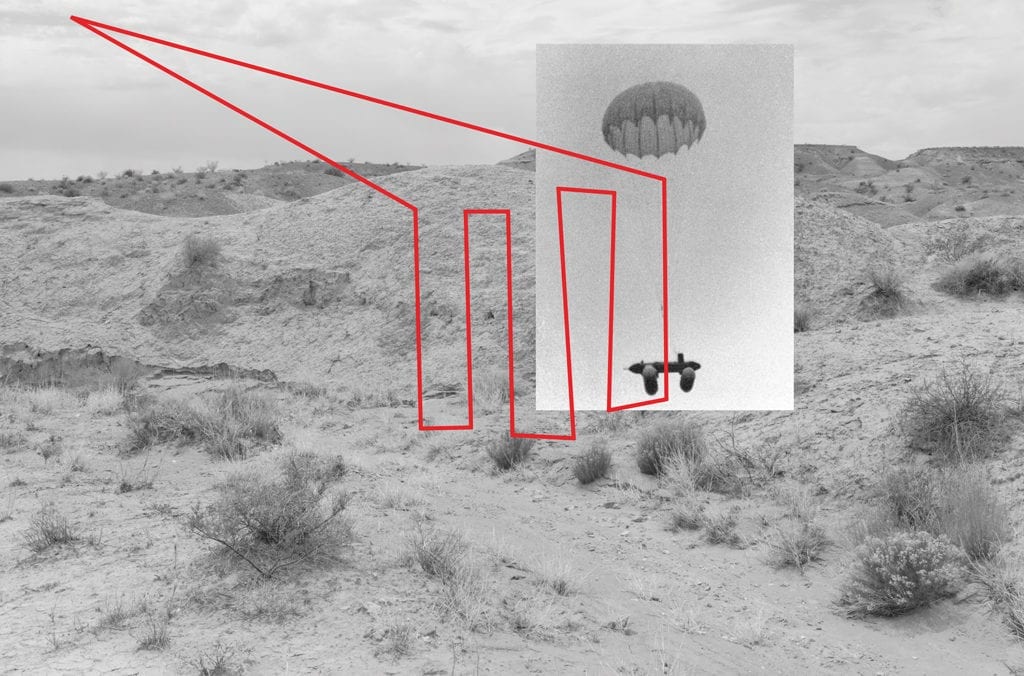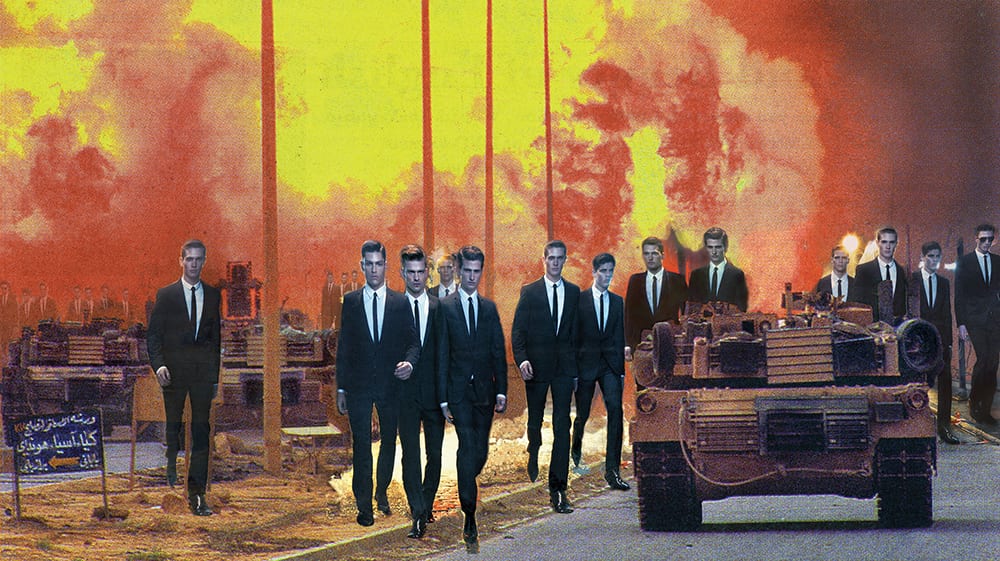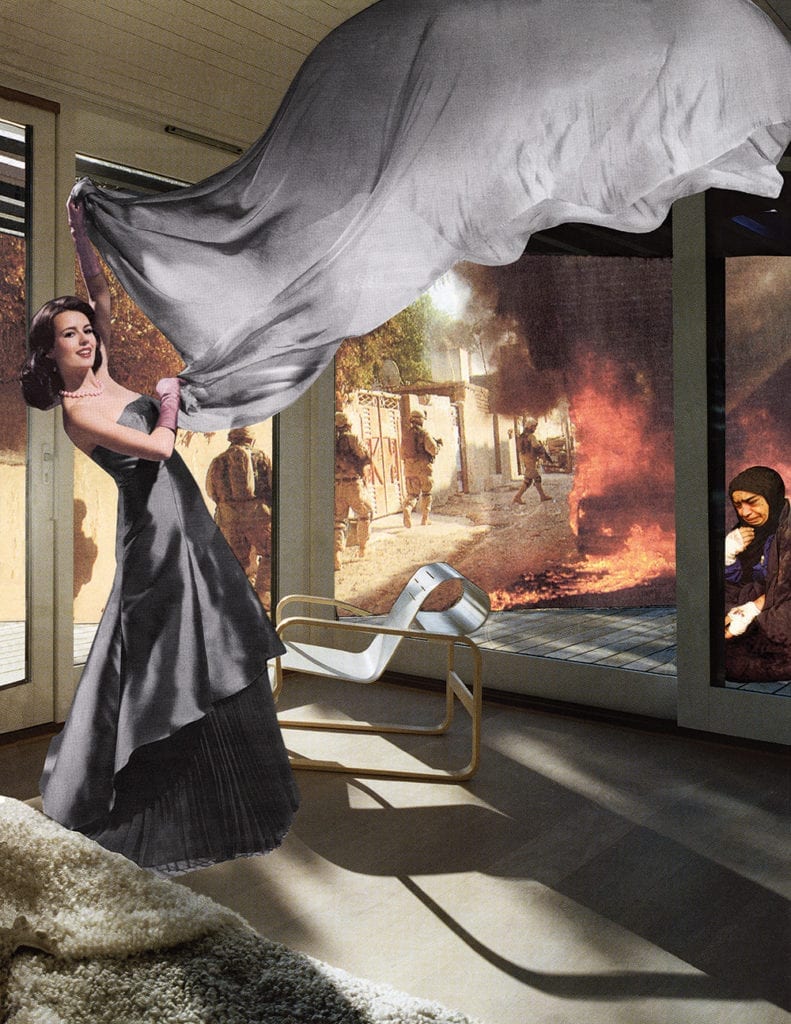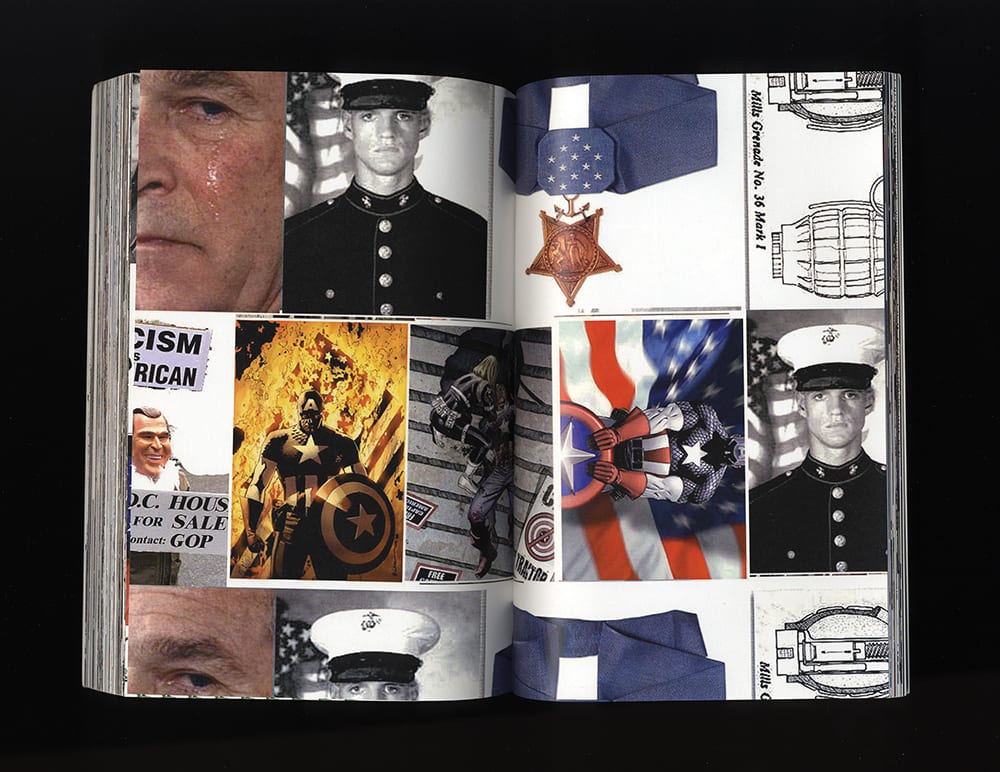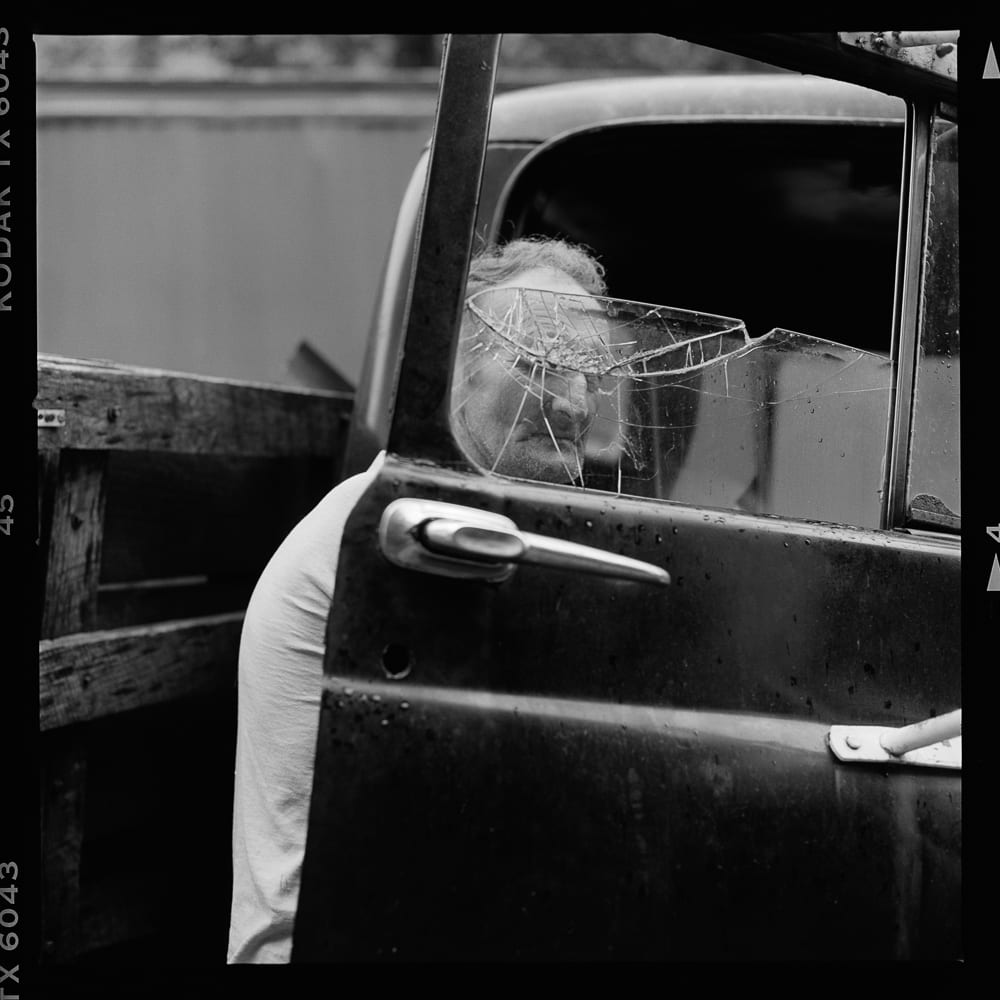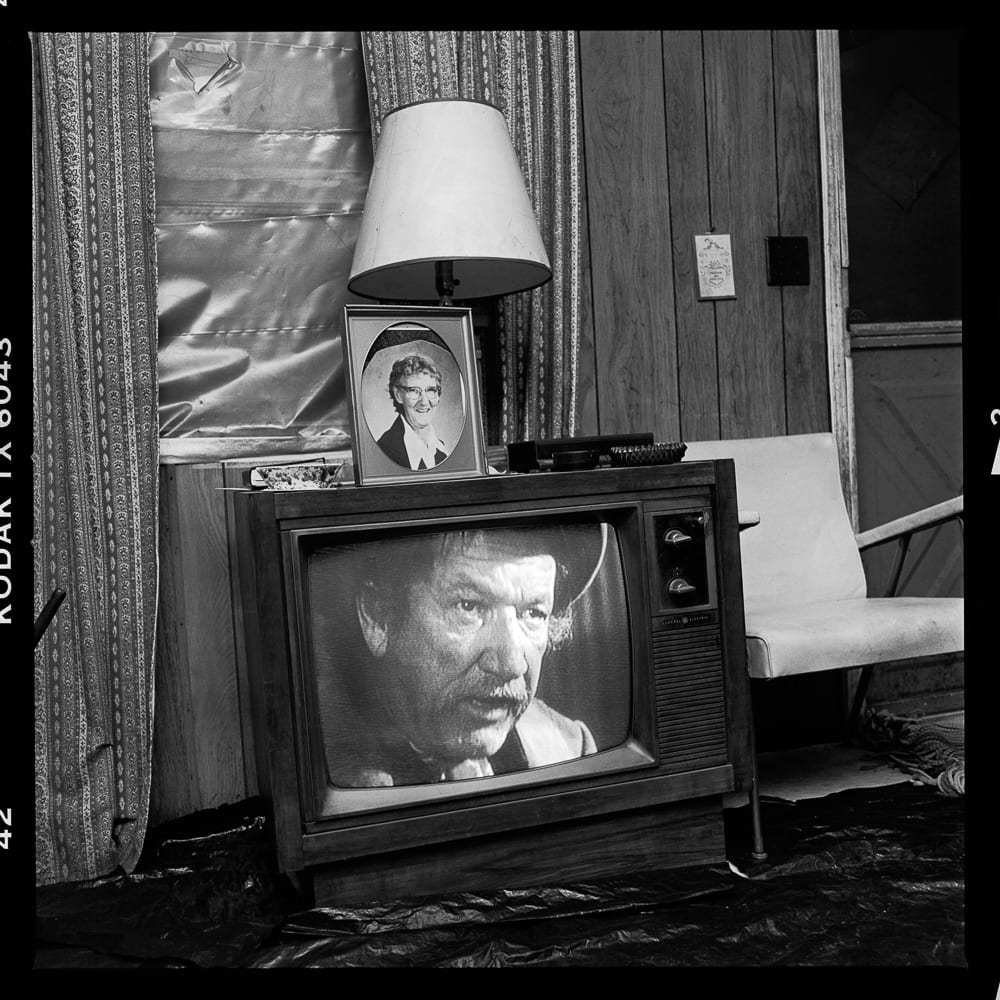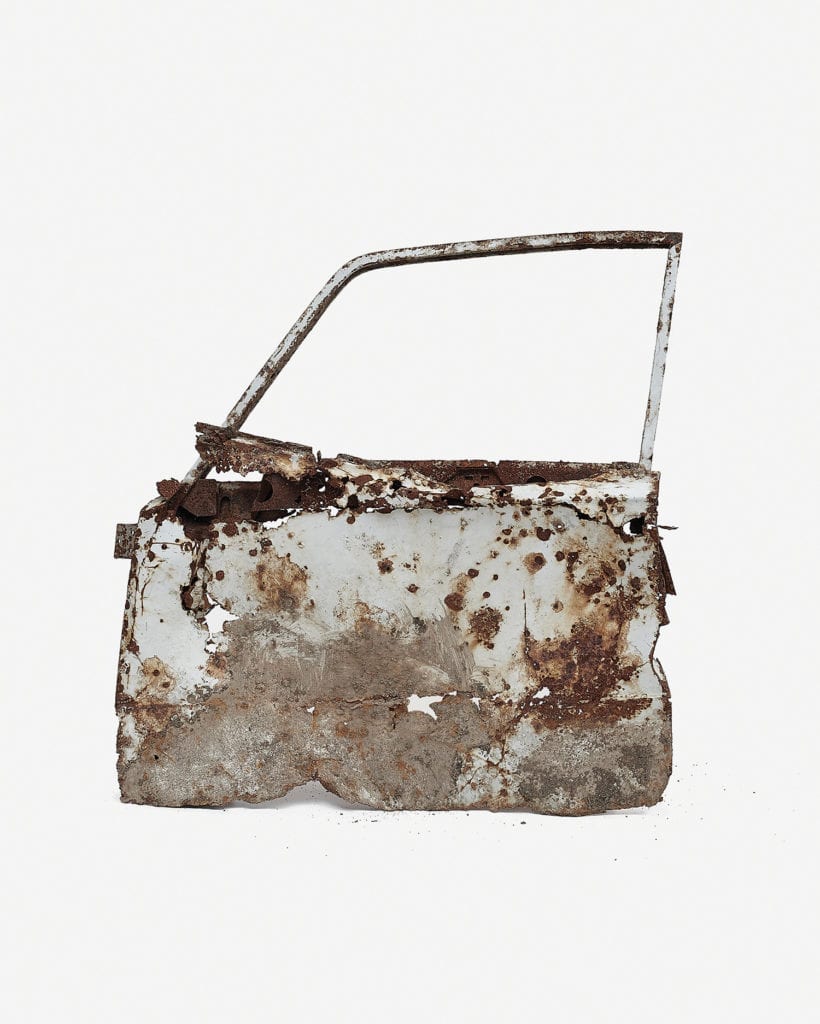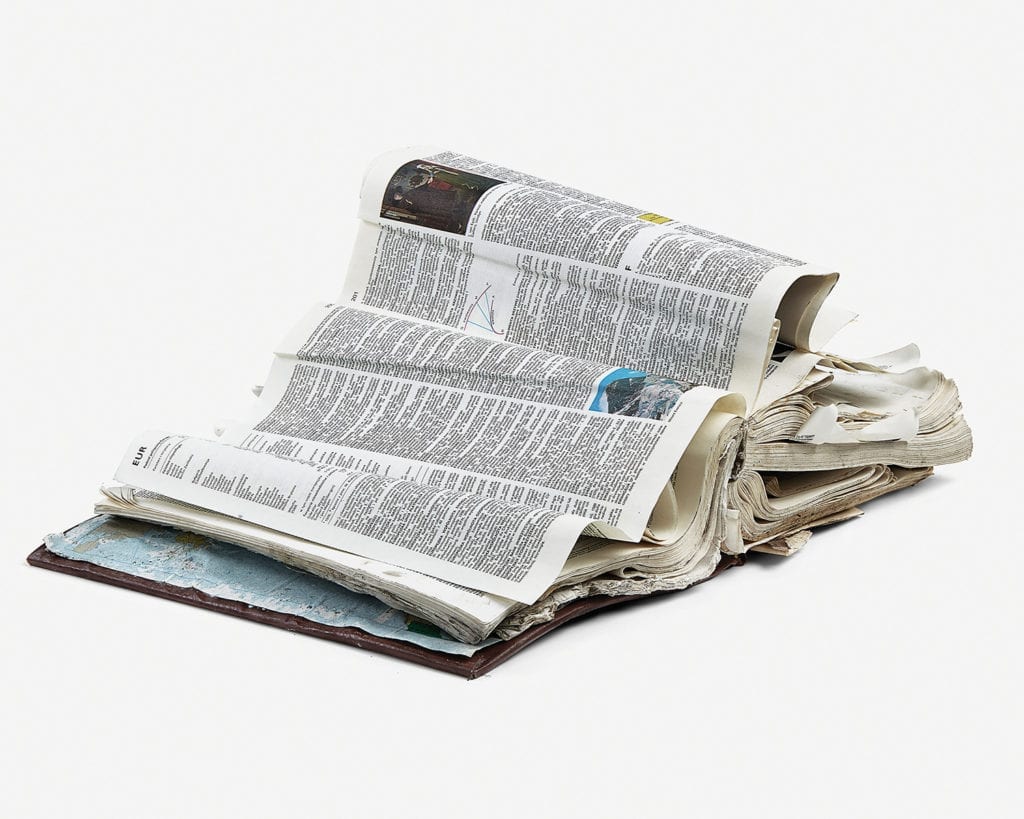Krakow Photomonth has a reputation for change. Since starting back in 2001, it has adapted and transformed its identity, reacting to the changing face of photography through its programming, curators and exhibition spaces. Festival themes have covered anything from fashion to ‘Britain’, it has invited curators such as Aaron Schuman, Wojciech Nowicki and Charlotte Cotton to take over; and it has also installed shows everywhere from major art museums to small cafes and eateries.Photoworks magazine, has curated the main programme of four key exhibitions under the loose title From the Outside Looking In . “Each one is different but shares a common concern for me about photography,” says MacDonald, adding he wanted to include contemporary debates on the veracity of images in this year’s festival.Kristen, 100 Club, London, from the Northern Soul Dance Session series, 2012 © Elaine Constantine. Courtesy of the artist. From the exhibition We Also Dance Photograph of Rama by abductee João Valério da Silva, from the UFO Photo Archives of Wendelle Stevens. Collection of Gordon MacDonald We Also Dance using rhythmic movement as a starting point for discussing freedom and “an antidote to political and social control of minds and bodies”. Similarly Divisive Moments at the Ethnographic Museum questions our propensity to believe, via an apparent investigation into UFOs – a popular topic in Poland.Mountain, from A New Archaeology for Liban and Płaszów series, 2017. Photograph of found object © Diana Lelonek Stealth bomber, Atlantic City, New Jersey, from the Homeland series, 2007 © Nina Berman/NOOR. On show in the exhibition The War From Here The War from Here , shown in Bunkier – one of the only examples of Brutalist architecture in Krakow – builds on the idea of the masculinity of conflict, by choosing an all-female cohort. Martha Rosler, Lisa Barnard, Nina Berman, Sophie Ristelhueber and Monica Haller all show work questioning the constructs of documentary photography, for example, and the close relationship between cameras and instruments of war.The Grapevine series by American photographer Susan Lipper, meanwhile, focuses on the history of a small village in West Virginia, and challenges our belief in images labelled ‘photojournalism’, by interweaving a theatrical element. Lipper asked her models to assume characters that could essentially be them in the images; the result is a slippery, mysterious work.From the Grapevine: 1988–1992 series © Susan Lipper. Courtesy of the artist and Higher Pictures From the Grapevine: 1988–1992 series © Susan Lipper. Courtesy of the artist and Higher Pictures The Photobook: A History ), Iris Sikking and Agnieszka Rayss, as well as workshops, film screenings, book launches and discussions. The ShowOff section, meanwhile, champions new projects by emerging photographers, selected from an open call – this year including work by Krzysztof Pijarski, Katarzyna Sagatowska, Szymon Rogiński and Salvatore Vitale. The Krakow Photo Fringe boosts the festival even more by adding satellite exhibitions and events dotted around the city centre.Krakow Photomonth is open from 19 May – 18 June. https://photomonth.com Twice As Nice, from the UKG series © Ewen Spencer. Courtesy of the artist. From the exhibition We Also Dance Twice As Nice, from the UKG series © Ewen Spencer. Courtesy of the artist. From the exhibition We Also Dance From the Dancers series © Morten Nilsson. Courtesy of the artist. From the exhibition We Also Dance Emma, 1982, from the Step by Step series © Sirkka-Liisa Konttinen. Courtesy of the Amber & L. Parker Stephenson Photographs. From the exhibition We Also Dance Bomb Iraq, Times Square, New York City, from the Homeland series, 2003 © Nina Berman/NOOR. On show in the exhibition The War From Here American Flag, from the Not Learning from Anything series © Lisa Barnard. Courtesy of the artist. On show in the exhibition The War From Here Lawnmower, from the Mapping the Territory series © Lisa Barnard. Courtesy of the artist. On show in the exhibition The War From Here Invasion, from the series House Beautiful: Bringing the War Home, New Series, 2008 © Martha Rosler. Courtesy of the artist The Gray Drape, from the series House Beautiful: Bringing the War Home, New Series, 2008 © Martha Rosler. Courtesy of the artist. On show in the exhibition The War From Here Page spread from book by Ehren W. Tool, 2010. Courtesy of the artist. On show in the exhibition The War From Here From the Grapevine: 1988–1992 series © Susan Lipper. Courtesy of the artist and Higher Pictures From the Grapevine: 1988–1992 series © Susan Lipper. Courtesy of the artist and Higher Pictures Car door, from A New Archaeology for Liban and Płaszów series, 2017. Photograph of found object © Diana Lelonek PWN Encyclopedia, from A New Archaeology for Liban and Płaszów series, 2017. Photograph of found object © Diana Lelonek
Tags:
Diana Lelonek ,
Elaine Constantine ,
Ewen Spencer ,
Gordon MacDonald ,
Krakow Photomonth ,
Lisa Barnard ,
Martha Rosler ,
Morten Nilsson ,
Nina Berman ,
Sirkka-Liisa Konttinen ,
Susan Lipper
